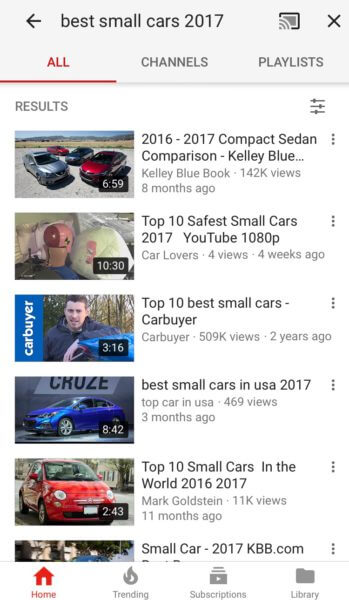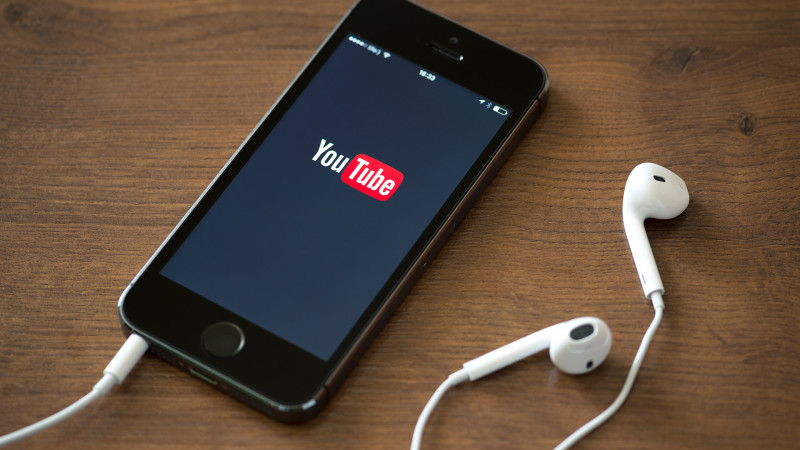YouTube quietly pauses search ads to implement brand safety measures
The video ad format could be offline through the end of Q2 2017.
Google has quietly paused its TrueView discovery ads that show up in mobile search results or as a “related video” on video watch pages on the service. The stoppage comes as YouTube works to implement additional brand safety measures promised in March after major advertisers in the UK and US pulled campaigns due to reports by The Times of ads appearing on extremist and objectionable content.
Rebecca Lynch of Publicis Health Media told Marketing Land that the agency learned of the move after inquiring earlier this week. A Google representative explained that pausing the discovery ads will help speed along infrastructure changes needed to implement new brand safety measures that will apply to all YouTube ad formats. The ads are expected to be offline until the end of Q2 2017. Update: A Google spokesperson confirmed to Marketing Land that the temporary pausing is necessary to implement controls that will provide more visibility into and control over where video ads appear. Discovery ad targeting can include demographics and interests, which take into account search history and other factors.
This change only affects the discovery ads that appear in the search results on YouTube. Discovery ads can still appear on video partner sites in the Display Network. They are also still showing up on the YouTube mobile home page at this point. TrueView in-stream ads — the skippable ads that typically run as pre-roll on other videos — and the six-second bumper ads are not affected by this change.
As of early April, YouTube channels must reach 10,000 views before ads can be shown on their videos. Once that threshold is reached, channels will undergo reviews for acceptance into the YouTube Partner Program. Also as part of the brand safety improvements, default settings will change to automatically exclude ads from showing on potentially objectionable content. Last week, Google broadened the scope of its so-called hate speech policy, giving the company more discretion in determining whether video and site content can be monetized.
The full impact of the advertiser uproar that started at the end of March is not yet known. Advertising intelligence firm MediaRadar reported today that it saw a five percent drop in advertisers on Google Preferred YouTube premium channel content in April, the first month to show an advertiser decline so far in 2017. The firm also said that while Starbucks, Dish, AT&T and Pepsi were among advertisers that did stop YouTube ads in April, GM, Verizon, Johnson & Johnson and Walmart continued to advertise. GM advertised only on the YouTube homepage, however, Walmart and Johnson & Johnson ran ads on a variety of Google Preferred channels, where there are little-to-no adjacency safety issues.
Marketing Land – Internet Marketing News, Strategies & Tips
(49)




